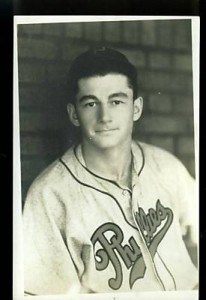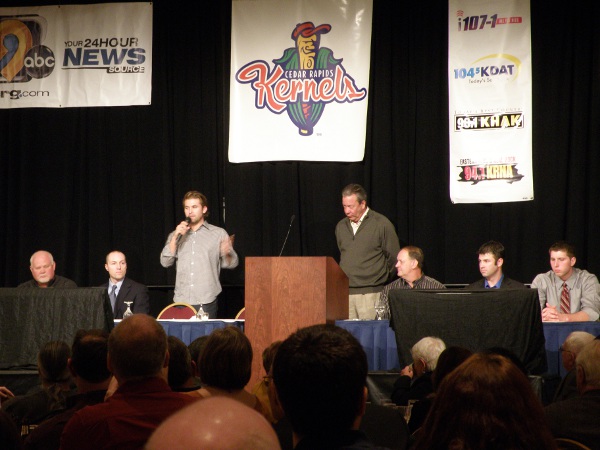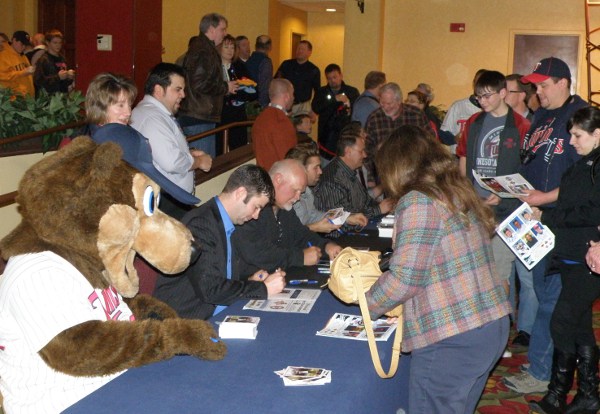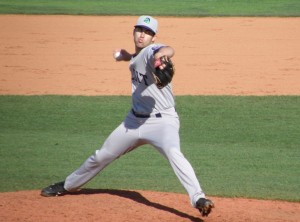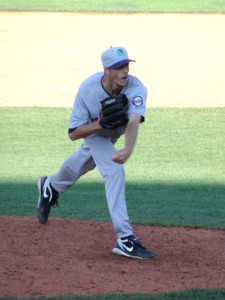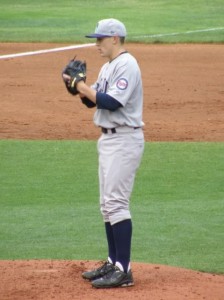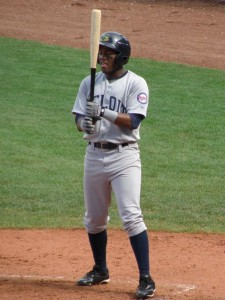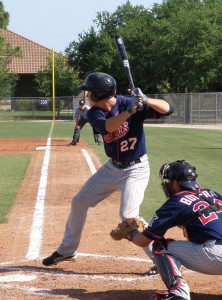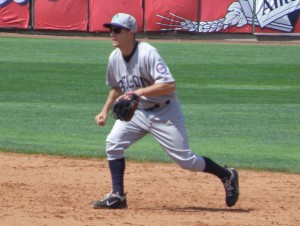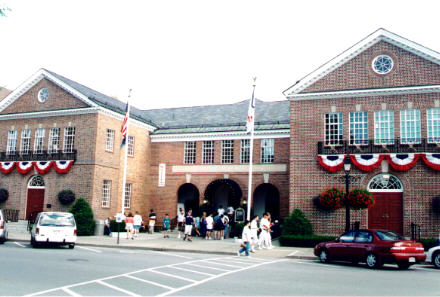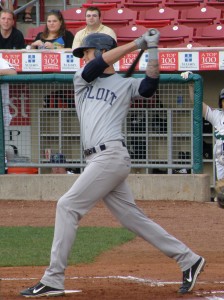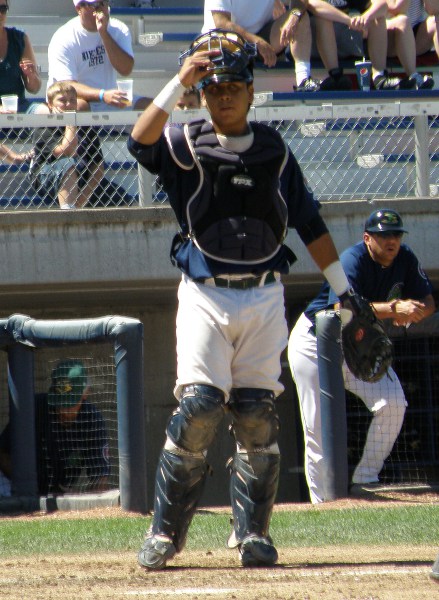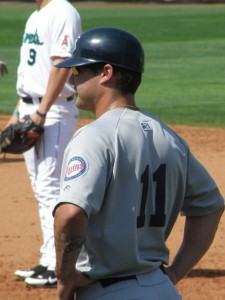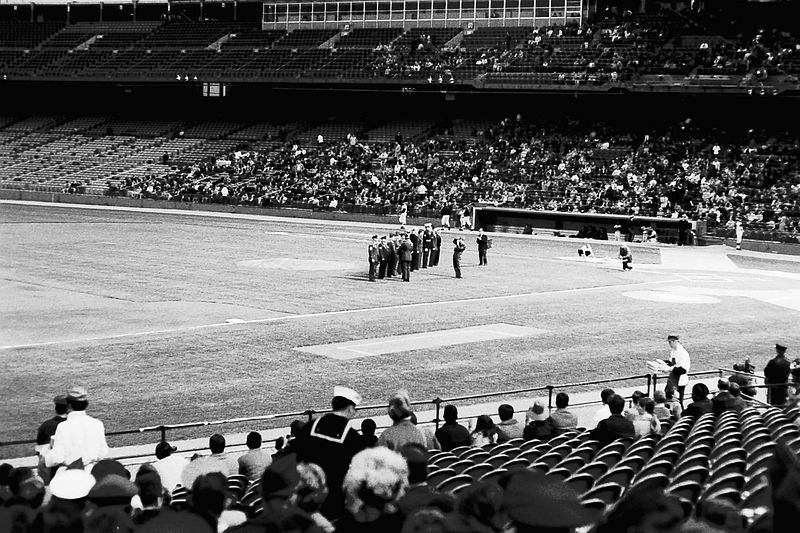One of the people I follow on Twitter (I don’t recall who) called it “Baseball’s saddest day.” That’s probably an overstatement, but not by much. To put it bluntly, for baseball fans of my generation, Saturday sucked rocks.
In one calendar day, we lost two giants of the game. First came the news that we lost the man I always felt was the greatest manager of his time, Earl Weaver. Incredibly, a few hours later, came word that Stan Musial had also passed. Weaver was 82 when he passed away of a heart attack during an Orioles’ “Fantasy Cruise,” and Musial passed away at his home at the age of 92.
I’ve read a few of the articles written in the past 24 hours about Musial and Weaver, but for my money, as always, the best came from Joe Posnanski. If you read nothing else about these two legends, read Posnanski’s articles by clicking here (for Musial) and here (for Weaver). As per usual, I’ll be stealing a bit from Poz in this article.
I’m not sure I could come up with two more different men to represent the game we love together as they approach St. Peter’s heavenly gates. Stan “the Man” will arrive playing “Take Me Out To The Ballgame” on his harmonica and be ushered straight through with a smile. Weaver, baseball’s self-described “sorest loser” will probably need to argue his way in. And that’s how it should be.
Musial is someone that Twins fans should be able to relate to. He’s the Cardinals’ version of our own Harmon Killebrew. I don’t think you could find a person who ever met either man who would have anything bad to say about him. He was a gentleman, a professional. You treated him with respect because of what he accomplished on the field and he treated you with respect because that’s just how he treated everyone.
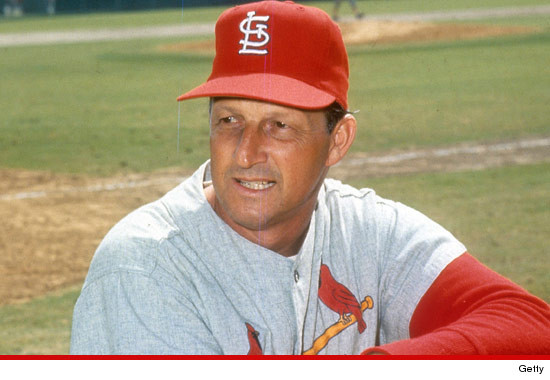
How do Cardinal fans feel about him? They don’t just have a statue of Musial outside Busch Stadium in St. Louis… they have two of them.
They called him Stan “The Man” Musial. The nickname supposedly was given by a sportswriter after a game during one of Musial’s many amazing hitting streaks. The story goes that as Musial went to the plate, the fans started chanting, “here comes the Man.” Well, we all know how home town fans can do that kind of thing for their heroes, right? But here’s the thing… the Cardinals were playing in Brooklyn at the time.
But why shouldn’t he have been appreciated outside of St. Louis? After all, he treated fans on the road to 1,815 hits in his career… exactly the same number that he hit before his home fans in St. Louis.
His statistical accomplishments are simply amazing. They say he held so many batting records that they wouldn’t all fit on his Hall of Fame plaque. Seven batting titles. And, since batting average has fallen out of favor these days as a measurement of offensive productivity, he also led the National League in on-base percentage, slugging percentage and OPS at least six times each during his career.
And you could probably safely assume he would have done so one more year had he not missed the entire 1945 season while serving in the military during World War II. (Imagine, for a moment, if Joe Mauer had missed a season or two in his prime while doing tours of duty in Iraq or Afghanistan. There’s a reason they call it “the Greatest Generation.”)
I was not a National League fan as a kid, so I wasn’t as familiar with the NL stars as I was those in the Americal League. After all, I got to actually see Mickey Mantle, Al Kaline, Frank Howard and Brooks & Frank Robinson face off with Harmon Killebrew and Tony Oliva at the Met. I never saw Willie Mays or Hank Aaron play in person. Nor did I have the honor of seeing Musial play baseball in person.
But when you look at his numbers and you listen to people who did see him play… and those who were blessed to actually spend time with him… you know he was special. He was, after all, the Man.
I don’t think anyone would even pretend that Earl Weaver was as universally beloved as Stan Musial. Not anywhere outside of Baltimore, anyway.
But Musial’s greatness as a player was, to me, matched by Weaver’s greatness as a manager. It’s a cliché to say someone was, “ahead of his time,” but Weaver certainly was.
It’s disappointing to me that most of today’s fans probably just think of Earl Weaver as some kind of maniacal cartoon character of a manager, throwing tantrums and arguing with umpires. Then again, that’s an image Weaver certainly created for himself. But he was so much more than that.
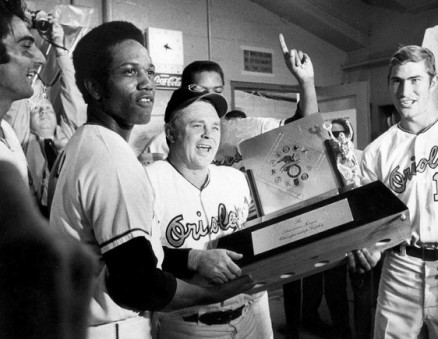 He saw things in players that others didn’t. The best example is probably Cal Ripken. Ripken primarily played third base coming up through the minor leagues. He was, after all, 6’4” tall and infielders that size played at the corners. But Weaver moved the rookie to shortstop where he successfully stayed for a very, very long time.
He saw things in players that others didn’t. The best example is probably Cal Ripken. Ripken primarily played third base coming up through the minor leagues. He was, after all, 6’4” tall and infielders that size played at the corners. But Weaver moved the rookie to shortstop where he successfully stayed for a very, very long time.
As Posnanski points out brilliantly, Weaver could have managed for Billy Beane’s Oakland A’s (at least for a little while). Weaver loved walks and believed outs were precious and therefore hated bunts. He figured out what a player did best and then utilized him in ways that took advantage of those strengths. Just as importantly, he avoided using a player in situations he was unlikely to succeed in. He was among the first to embrace the use of a radar gun for pitchers, but he was less concerned about the MPH of their fastball than he was about making sure their change ups were at least 10 MPH slower.
He didn’t over-manage. He said more than once that he believed it was the manager’s job to argue with umpires because he was the person the team could most easily do without during a game. Once the line up was set, he left it to his players to play the game and decide the outcome.
And his teams won a LOT of baseball games. His Orioles teams finished first or second 13 times in the 15 years he managed the Orioles between 1968 and 1982 and went to the World Series four times in that stretch. (Weaver did return for a short time to manage the Orioles in the mid 1980s, but I, along with most Orioles fans I know, choose to conveniently disregard that time.)
In fact, I blame Weaver and his 1969 and 1970 Orioles for keeping what I consider the best Minnesota Twins teams in the franchise’s history from reaching the World Series. Killebrew, Oliva, Carew and the rest fell in the AL Championship Series both years to Weaver’s teams. In fact, Weaver’s Orioles swept the Twins both years.
Yet I always liked Weaver. I think it probably has a lot to do with seeing a lot of Weaver in my father (and vice versa), who was a high school baseball coach during the 1960s. Whenever I watched Weaver manage a game, my mind’s eye saw my dad.
I get that many others never held Weaver with that kind of affection. His own players generally didn’t care for him. He pushed them hard. He rubbed them the wrong way. He treated umpires… and others… with a total lack of respect, at times. I know all that. I don’t care.
He once told a reporter, “On my tombstone, just write, ‘the sorest loser who ever lived.’” I suppose it would be appropriate to honor that request. But I hope they find room on that tombstone for one more word. “Winner.”
Yes, Saturday was a sad day for baseball fans in St. Louis and Baltimore, but just as sad for baseball fans everywhere. Musial and Weaver, each in their own starkly different ways, epitomized the game of baseball as it should be played and managed.
We like to say the game should be played “the right way.” These two men demonstrated as well as anyone that there is no single “right way” to play the game of baseball… and that’s what makes it great.
Thank you Stan and Earl. We’ll never forget you.
– JC

